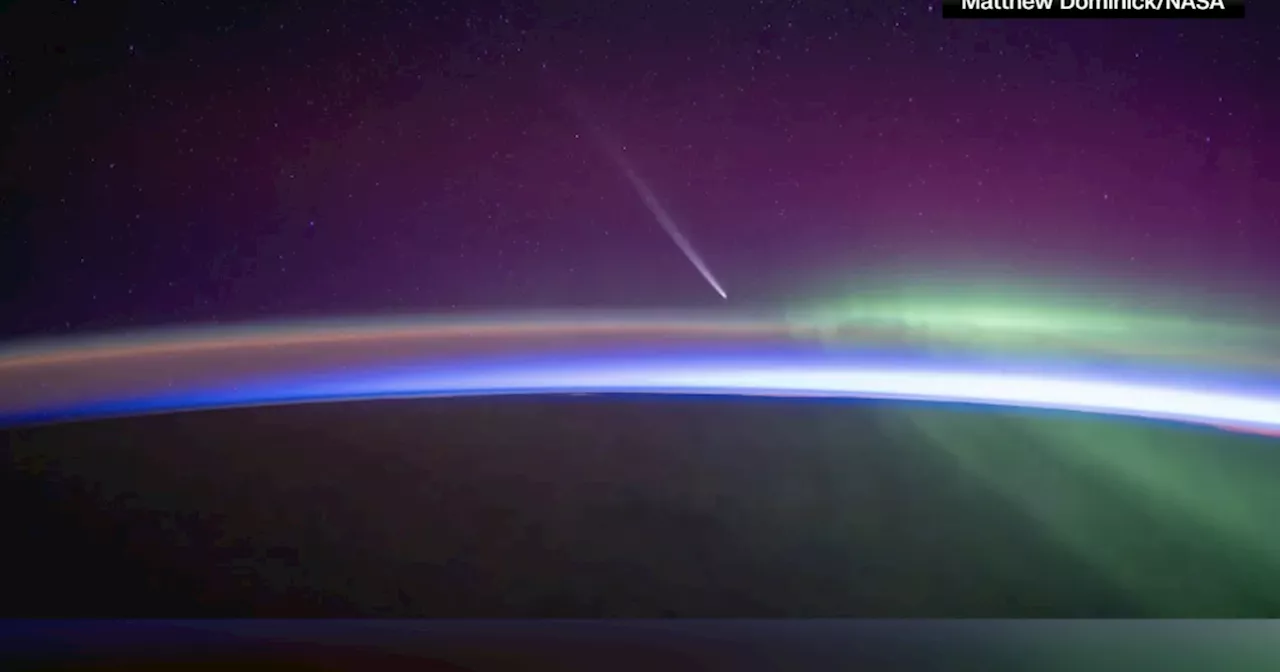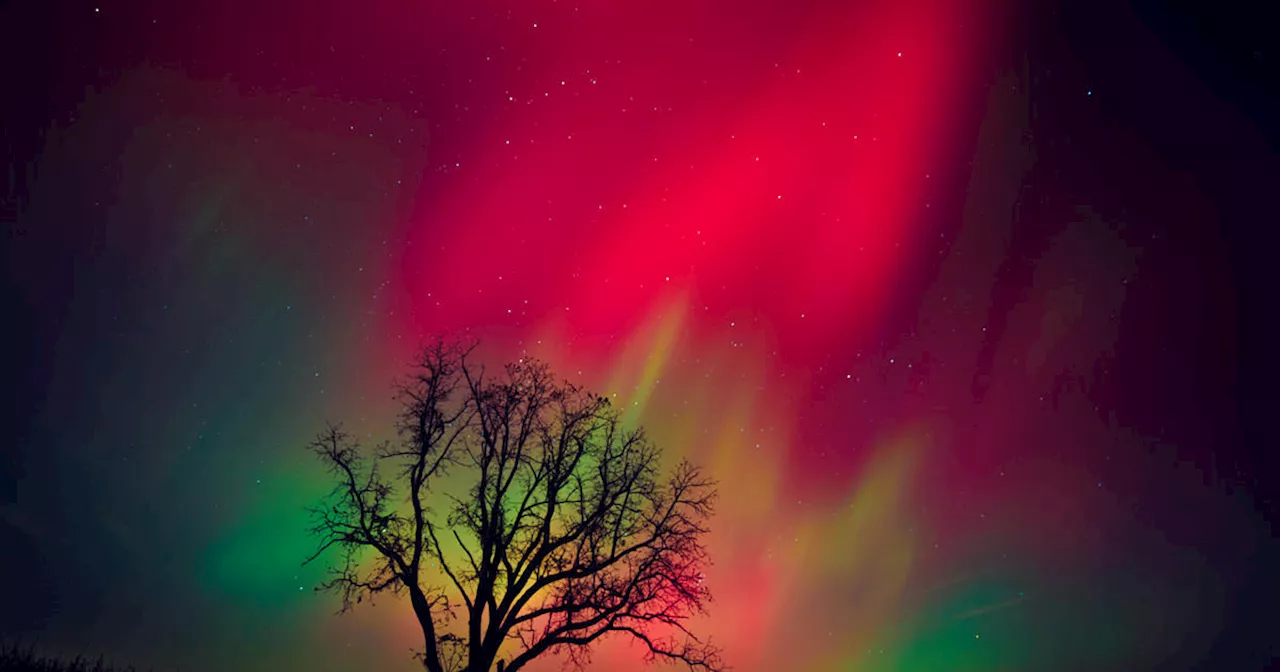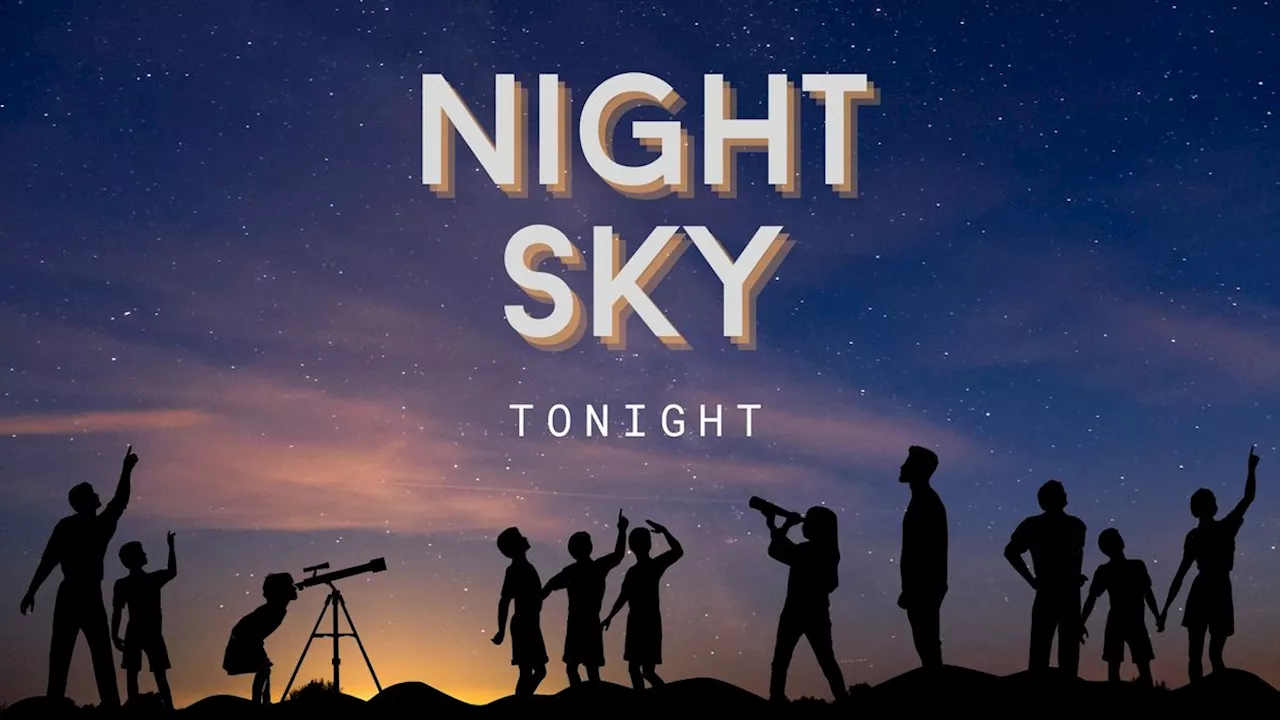Jamie is an experienced science, technology and travel journalist and stargazer who writes about exploring the night sky, solar and lunar eclipses, moon-gazing, astro-travel, astronomy and space exploration. He is the editor of WhenIsTheNextEclipse.com and author of A Stargazing Program For Beginners, and is a senior contributor at Forbes.
Jam packed issues filled with the latest cutting-edge research, technology and theories delivered in an entertaining and visually stunning way, aiming to educate and inspire readers of all ageswill help you see some of the night sky’s fainter objects. However, the unaided eye is enough to learn its
Though mostly the same sight as last night, tonight — again, just before midnight — you'll be able to watch a now 51%-lit waning gibbous moon rising in the east-northeast alongside Mars and below the stars of theTUESDAY, OCT. 22: JUPITER, WANING GIBBOUS MOON AND MARS Be outside looking to the east-northeast just before midnight local time, and you'll see a gaggle of bright celestial objects appear individually. Bright Jupiter will be an easy spot, with Capella to its upper left.
Fresh from its bright opposition in September, Saturn remains an excellent target for naked eye stargazers. As luck would have it, tonight it will rise with the almost, appearing just after sunset in North America. Once the moon has risen into a darker sky and lost its golden yellow look, you'll see Saturn trailing behind it by just the width of your pinky finger at arm's length.
To see the ring today, you'll need to be within a narrow 165 miles wide path stretching 8,800 miles across the Pacific Ocean, South America and the South Atlantic Ocean. It's a sparsely populated area, home to just 175,000 people. Most eclipse chasers are headed to Easter Island west of Chile. Much of South America will see a partial solar eclipse.
The corner four stars — Scheat, Alpheratz, Markab and Algenib — make up the Great Square in the constellation of. It's likely more prominent than you might expect, and it's hard to ignore after you've found it. Its rise in the east signals the coming of autumn, which begins tomorrow. — Jamie Carter Summer is almost over. How do we know? The Summer Triangle of stars — Deneb, Vega and Altair — and beginning to sink in the west as it gets dark. After riding high all summer, the famousis now looking lop-sided as the night wears on. However, it's got some staying power yet, with tonight offering the chance to make the triangle into a diamond. Face south, and you'll see Altair at the bottom of the triangle, at its tip, with Deneb high up above the east andtowards the west.
It's an excellent naked-eye target for twilight that puts the eastern side of the moon on display.— Jamie CarterDuring evening twilight, a half-moon will shine brightly in the south. Look to its right, and you'll see the red supergiant star, one of the 13 zodiac constellations. It's prominent at this time of year from both hemispheres. Look carefully, and you'll notice the reddish-orange color of Antares, a symptom of its relatively low temperature.
In the very early hours of this morning, a plump crescent moon will rise in the east above a couple of planets. Directly below will be Jupiter, shining at a magnitude -2.2, followed by Mars at +2. To the right of Jupiter will beopen cluster of stars. Look at the same time on Wednesday, Aug. 28, and you'll see a slimmer crescent moon alongside Mars. — Jamie Carter.
The crater remains fully illuminated until Aug. 27, when the terminator will return and plunge the crater back into darkness, by Sept. 5 the crater will be out of view. -- Daisy Dobrijevicwill reach its annual opposition in just a few weeks when it will be at its biggest and brightest in Earth's sky of the entire year. Tonight there's a preview, when it appears next to an almost full moon. Rising in the east after sunset at about 9:30 p.m.
Jupiter will shine at magnitude -2.2 and Mars +0.8, but despite their large difference in brightness, the pair will make for an interesting skywatching sight.
United States Latest News, United States Headlines
Similar News:You can also read news stories similar to this one that we have collected from other news sources.
 Northern Lights could be visible in Seattle Thursday nightPeople living in western Washington could catch a glimpse of the Northern Lights on Thursday.
Northern Lights could be visible in Seattle Thursday nightPeople living in western Washington could catch a glimpse of the Northern Lights on Thursday.
Read more »
 Comet Tsuchinshan-ATLAS is still visible in the night sky, but not for longJamie is an experienced science, technology and travel journalist and stargazer who writes about exploring the night sky, solar and lunar eclipses, moon-gazing, astro-travel, astronomy and space exploration. He is the editor of WhenIsTheNextEclipse.com and author of A Stargazing Program For Beginners, and is a senior contributor at Forbes.
Comet Tsuchinshan-ATLAS is still visible in the night sky, but not for longJamie is an experienced science, technology and travel journalist and stargazer who writes about exploring the night sky, solar and lunar eclipses, moon-gazing, astro-travel, astronomy and space exploration. He is the editor of WhenIsTheNextEclipse.com and author of A Stargazing Program For Beginners, and is a senior contributor at Forbes.
Read more »
 Northern Lights Expected To Be Visible Across Parts Of The US Friday NightThe Northern Lights, or Aurora Borealis, are expected to be visible across parts of the United States on Friday night. The best way to see them is to find a dark spot away from bright lights and look towards the north. The article also provides tips on how to capture photos of the auroras using night mode on your phone.
Northern Lights Expected To Be Visible Across Parts Of The US Friday NightThe Northern Lights, or Aurora Borealis, are expected to be visible across parts of the United States on Friday night. The best way to see them is to find a dark spot away from bright lights and look towards the north. The article also provides tips on how to capture photos of the auroras using night mode on your phone.
Read more »
 Comet that hasn't been seen for 80,000 years will be visible in the night skyScientists said a comet known as the Oort Cloud comet — or C/2023 A3 Tsuchinshan-ATLAS — will pass by Earth on Saturday for the first time in 80,000 years.
Comet that hasn't been seen for 80,000 years will be visible in the night skyScientists said a comet known as the Oort Cloud comet — or C/2023 A3 Tsuchinshan-ATLAS — will pass by Earth on Saturday for the first time in 80,000 years.
Read more »
 First glimpse of comet visible over San Antonio will be Friday nightOnly visible at dusk through Friday, October 18th.
First glimpse of comet visible over San Antonio will be Friday nightOnly visible at dusk through Friday, October 18th.
Read more »
 Northern lights forecast maps for tonight show best areas in U.S. to see aurora borealisMaps show where the northern lights may be visible over the United States on Friday night.
Northern lights forecast maps for tonight show best areas in U.S. to see aurora borealisMaps show where the northern lights may be visible over the United States on Friday night.
Read more »
